Description
Whey Protein: The Powerhouse Supplement You Need to Know About
Whey protein has become a household name in the fitness and health world, and for good reason. It’s not just another fad supplement; it’s a highly effective and versatile protein source with a wealth of benefits for athletes, fitness enthusiasts, and even those simply looking to improve their overall health. But what exactly is whey protein, and why is it so popular? Let’s dive in.
What is Whey Protein?
Whey protein is derived from milk during the cheese-making process. When milk is curdled, the liquid that separates from the solids is whey. This whey is then processed to remove fats, carbohydrates, and other non-protein components, resulting in a concentrated protein powder. This powder is then flavored and packaged for consumption.
The Different Types of Whey Protein:
Understanding the different types of whey protein is crucial for choosing the best option for your individual needs and goals.
- Whey Protein Concentrate (WPC): This is the most common and generally the least expensive type. It contains a varying percentage of protein, typically between 70-80%, along with some lactose and fat. WPC is a good all-around option for most people.
- Whey Protein Isolate (WPI): WPI undergoes further processing to remove more fat and lactose, resulting in a higher protein concentration (typically 90% or more). This makes it a suitable choice for individuals with lactose intolerance or those seeking a leaner protein source.
- Whey Protein Hydrolysate (WPH): This type is pre-digested or broken down into smaller peptides, allowing for faster absorption. WPH is often more expensive and has a slightly more bitter taste, but it can be beneficial for those with digestive issues or those looking for the quickest possible muscle recovery.
The Benefits of Whey Protein:
The popularity of whey protein stems from its numerous health benefits:
- Muscle Building and Repair: Whey protein is rich in essential amino acids, particularly leucine, which is crucial for muscle protein synthesis. This makes it an excellent choice for post-workout recovery and muscle growth.
- Weight Management: Protein is known to promote satiety, helping you feel fuller for longer. Including whey protein in your diet can aid in weight management by reducing overall calorie intake.
- Increased Strength and Power: Studies have shown that supplementing with whey protein, combined with resistance training, can lead to increased strength and power output.
- Improved Recovery: The rapid absorption of whey protein helps to replenish glycogen stores and repair muscle tissue after exercise, leading to faster recovery times.
- Blood Sugar Control: Some studies suggest that whey protein may help improve insulin sensitivity and regulate blood sugar levels, potentially beneficial for individuals with type 2 diabetes.
- May Support Immune Function: Whey protein contains immunoglobulins, which can help support the immune system.
How to Use Whey Protein:
Whey protein is incredibly versatile and can be easily incorporated into your diet. Here are some common ways to use it:
- Protein Shakes: Mix whey protein powder with water, milk, or fruit juice for a quick and convenient post-workout recovery drink or meal replacement.
- Smoothies: Add whey protein to your favorite smoothie recipe for an extra protein boost.
- Baking: Incorporate whey protein into baked goods like muffins, pancakes, and protein bars to increase their protein content.
- Oatmeal or Yogurt: Sprinkle whey protein on top of your oatmeal or yogurt for a protein-packed breakfast.
Dosage and Considerations:
The recommended dosage of whey protein varies depending on individual needs and goals. A general guideline is 0.8-1.0 grams of protein per pound of body weight for active individuals. However, it’s always best to consult with a healthcare professional or registered dietitian to determine the optimal dosage for you.
While whey protein is generally safe, it’s important to be aware of potential side effects, especially for individuals with lactose intolerance. Some people may experience bloating, gas, or digestive discomfort. Choosing a whey isolate or hydrolysate may help alleviate these symptoms.
Conclusion:
Whey protein is a powerful and versatile supplement that can offer numerous benefits for athletes, fitness enthusiasts, and anyone looking to improve their overall health. By understanding the different types of whey protein and incorporating it into your diet strategically, you can unlock its potential for muscle growth, weight management, and improved recovery. Remember to choose a high-quality whey protein product from a reputable brand and consult with a healthcare professional if you have any concerns. So, go ahead and explore the world of whey protein and experience the difference it can make in your fitness journey!

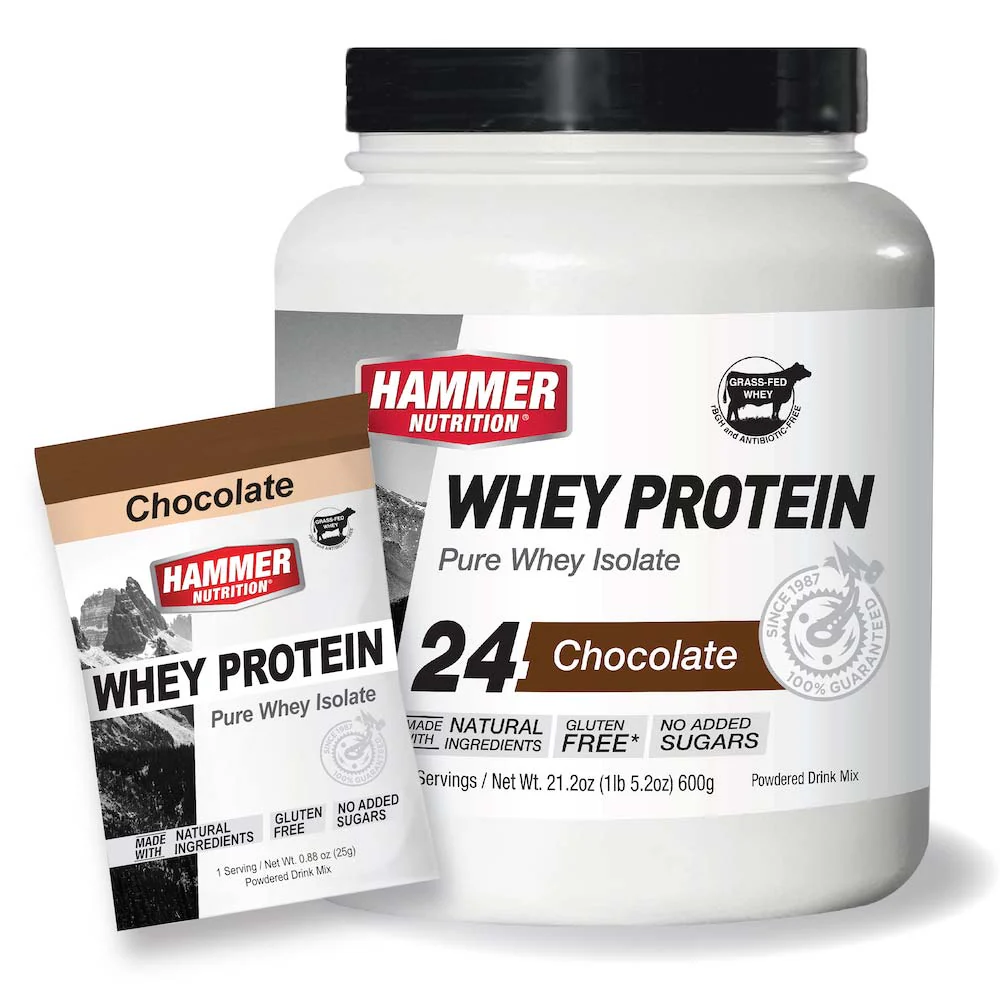


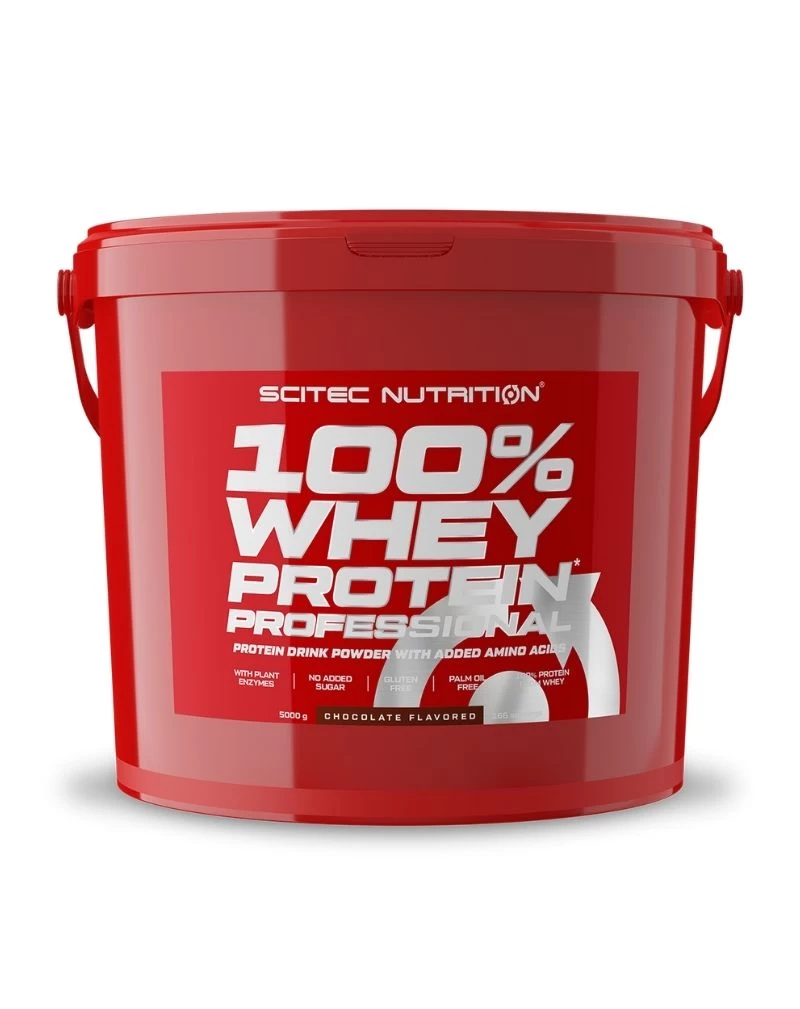

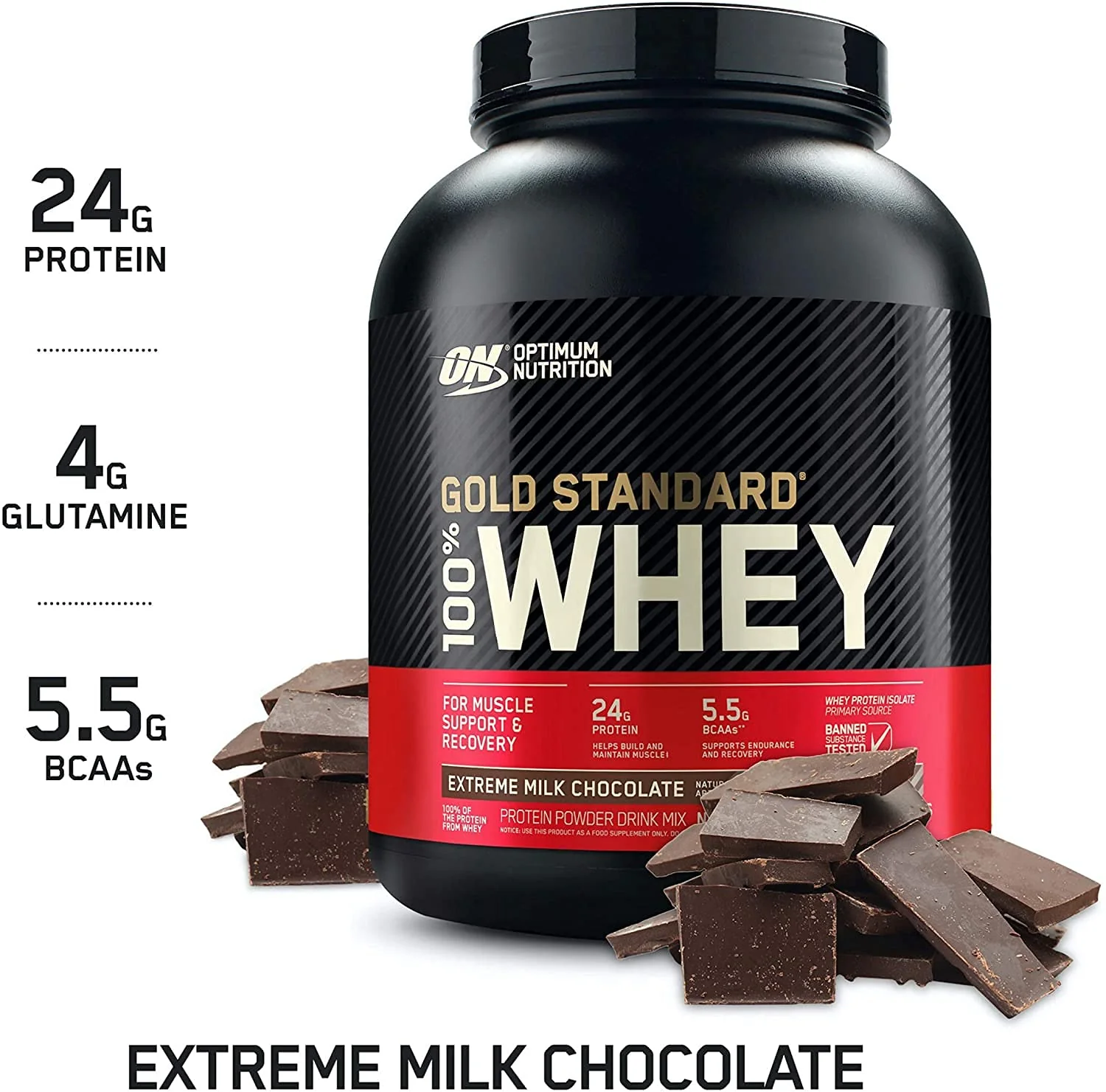
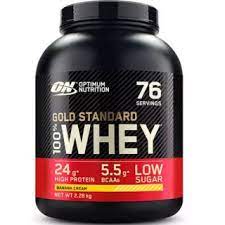


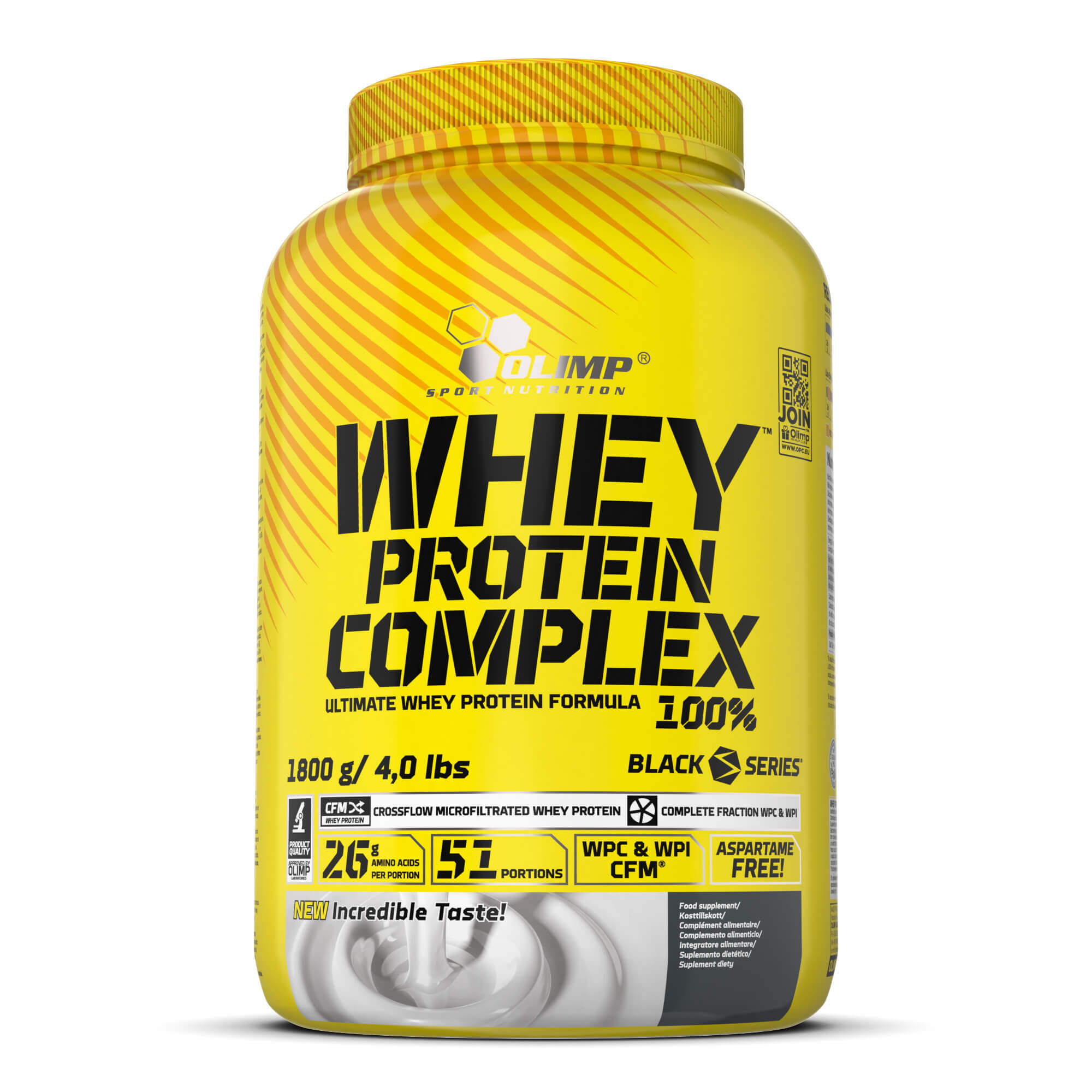
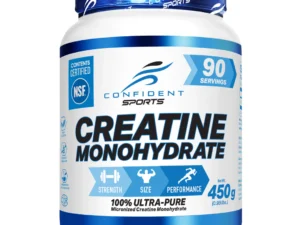



Reviews
There are no reviews yet.